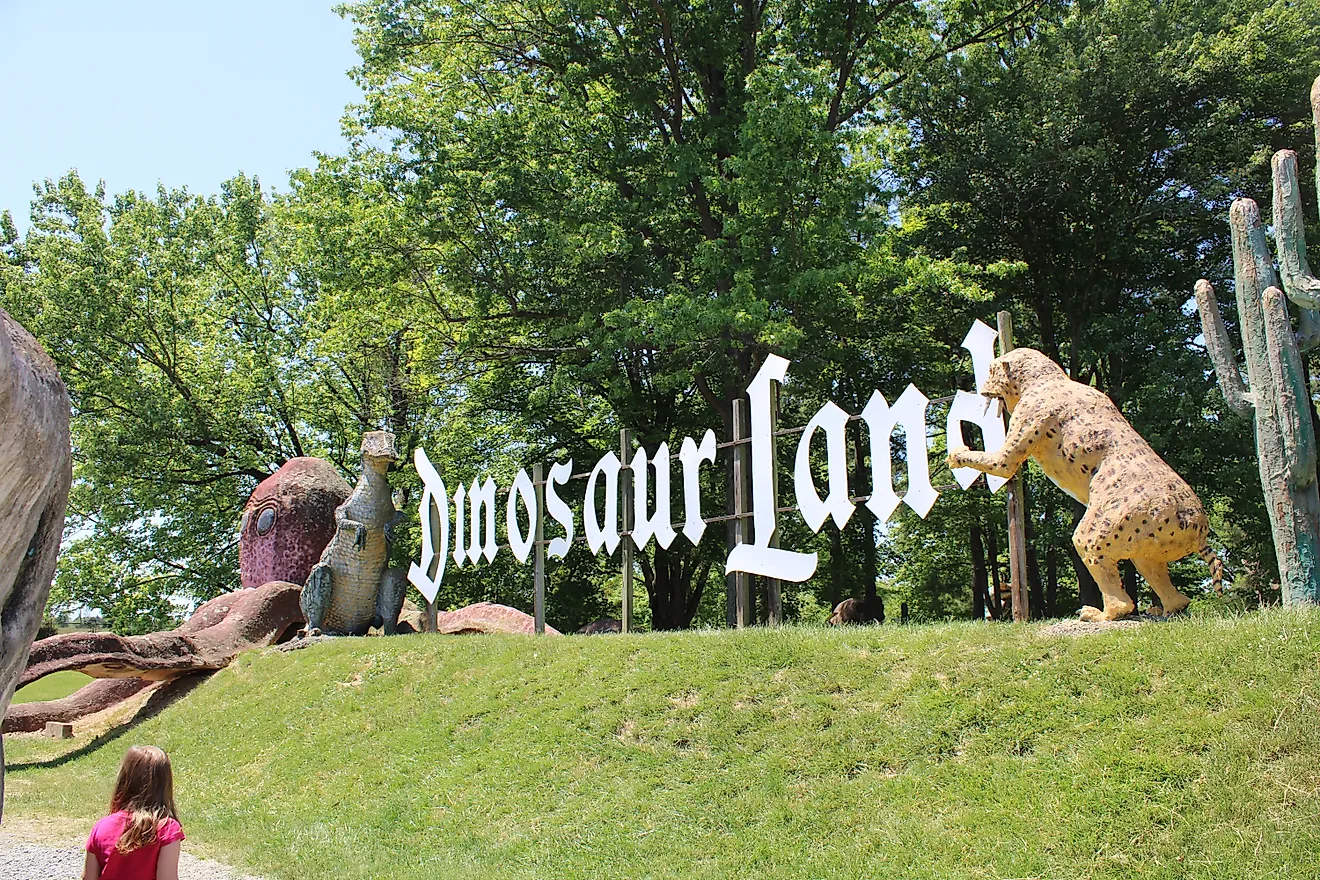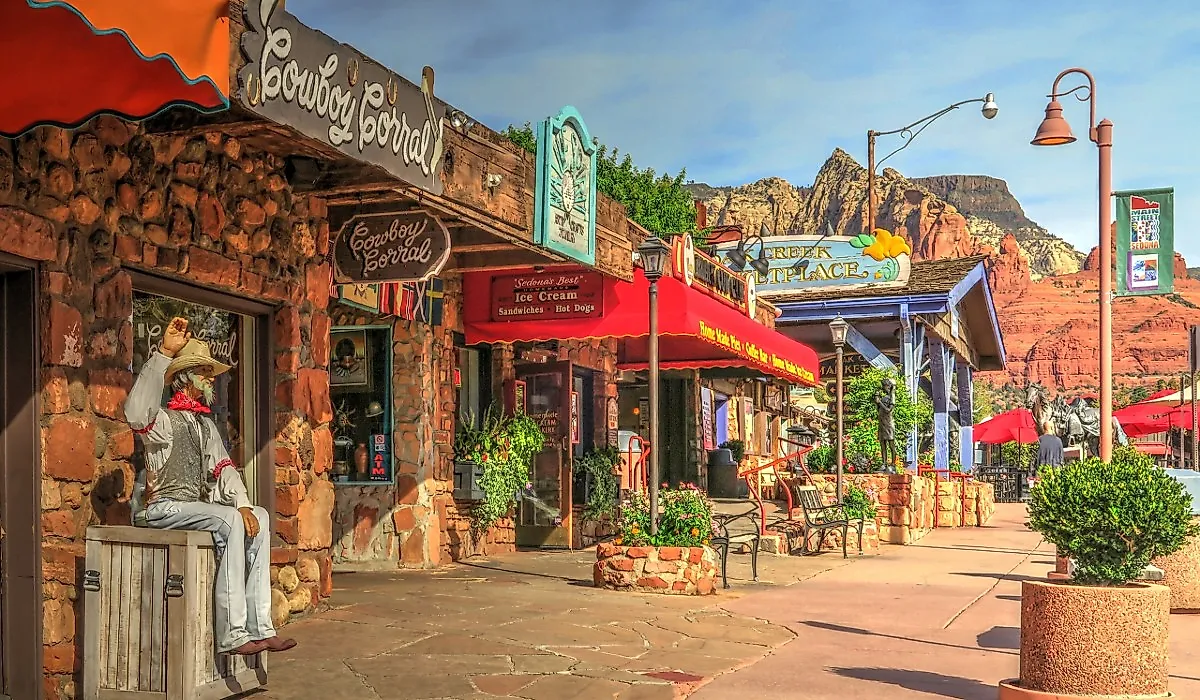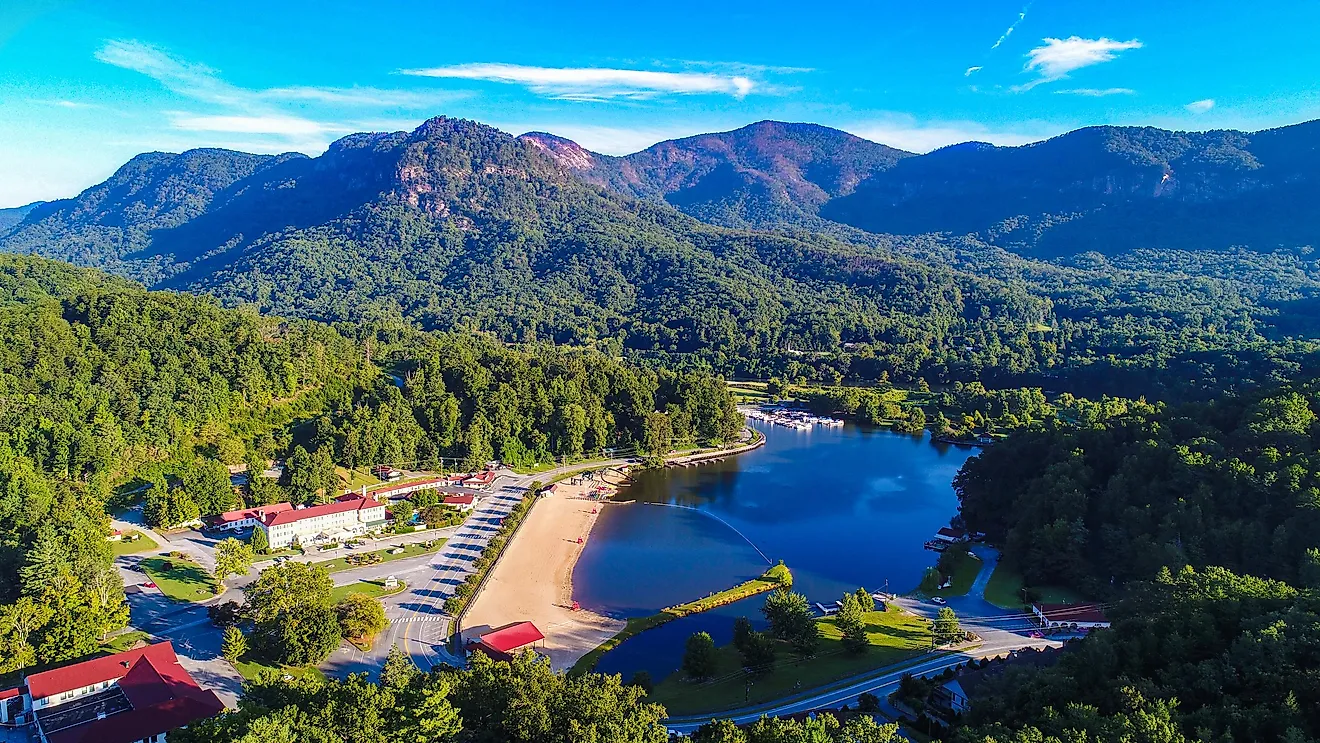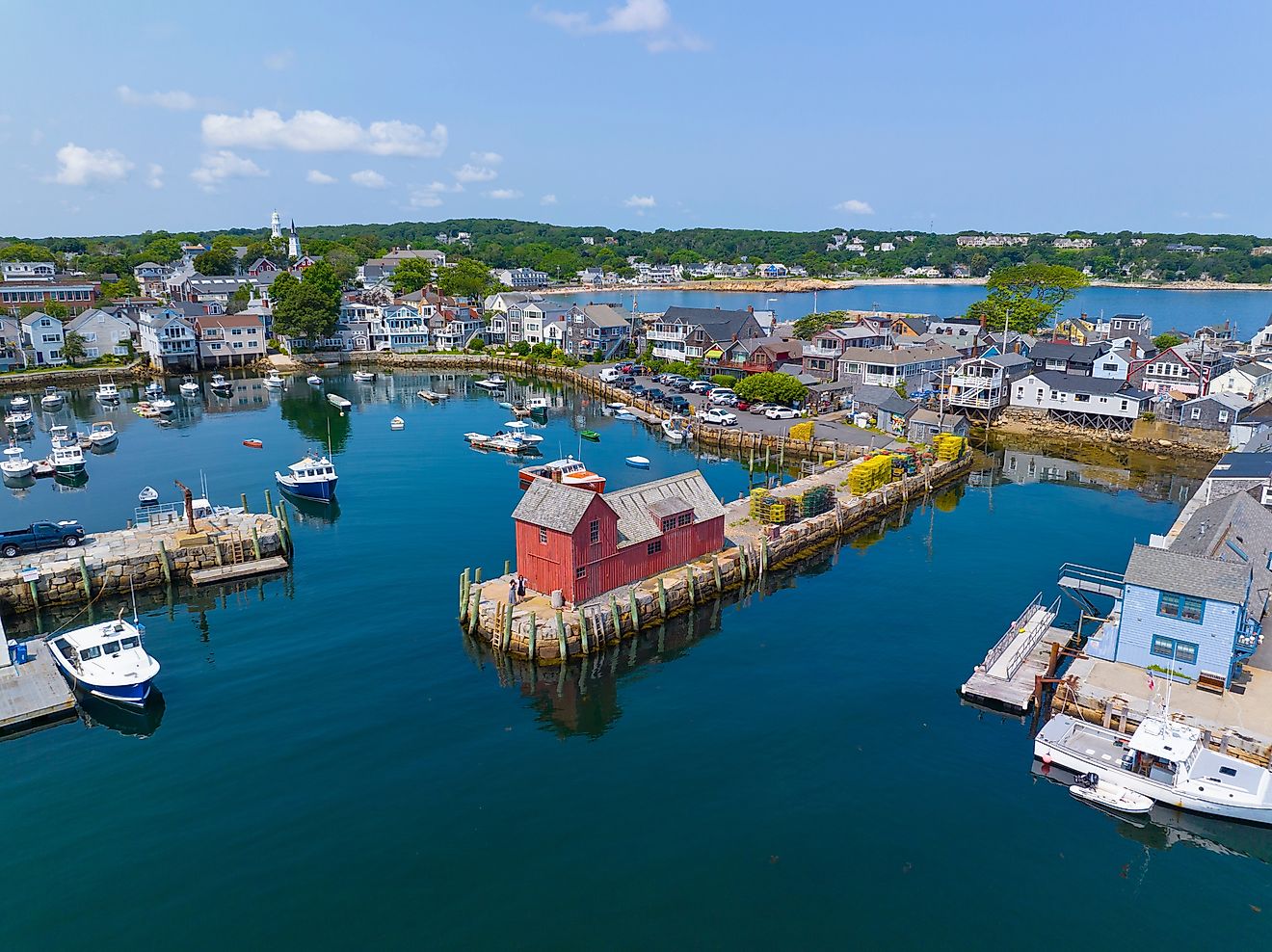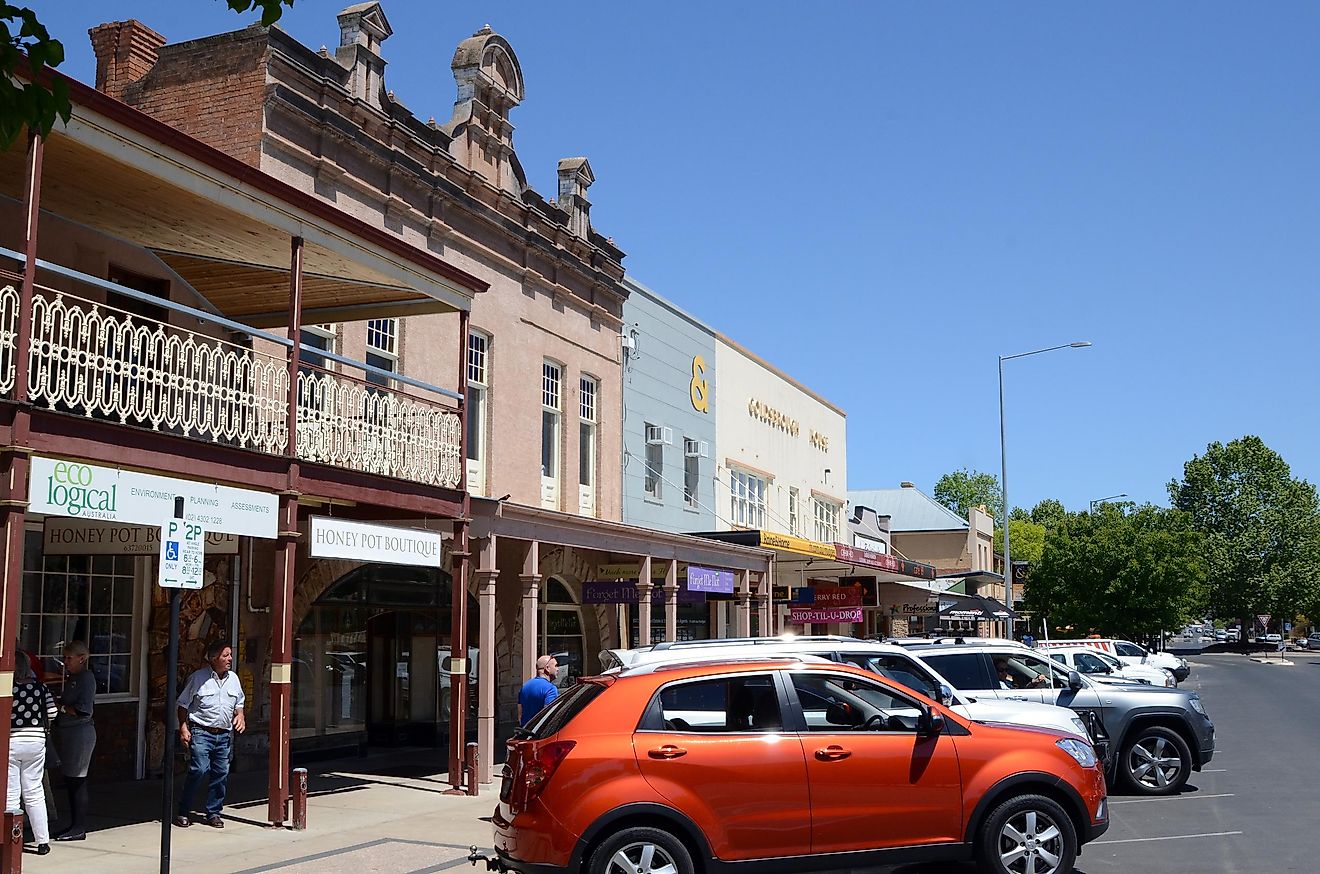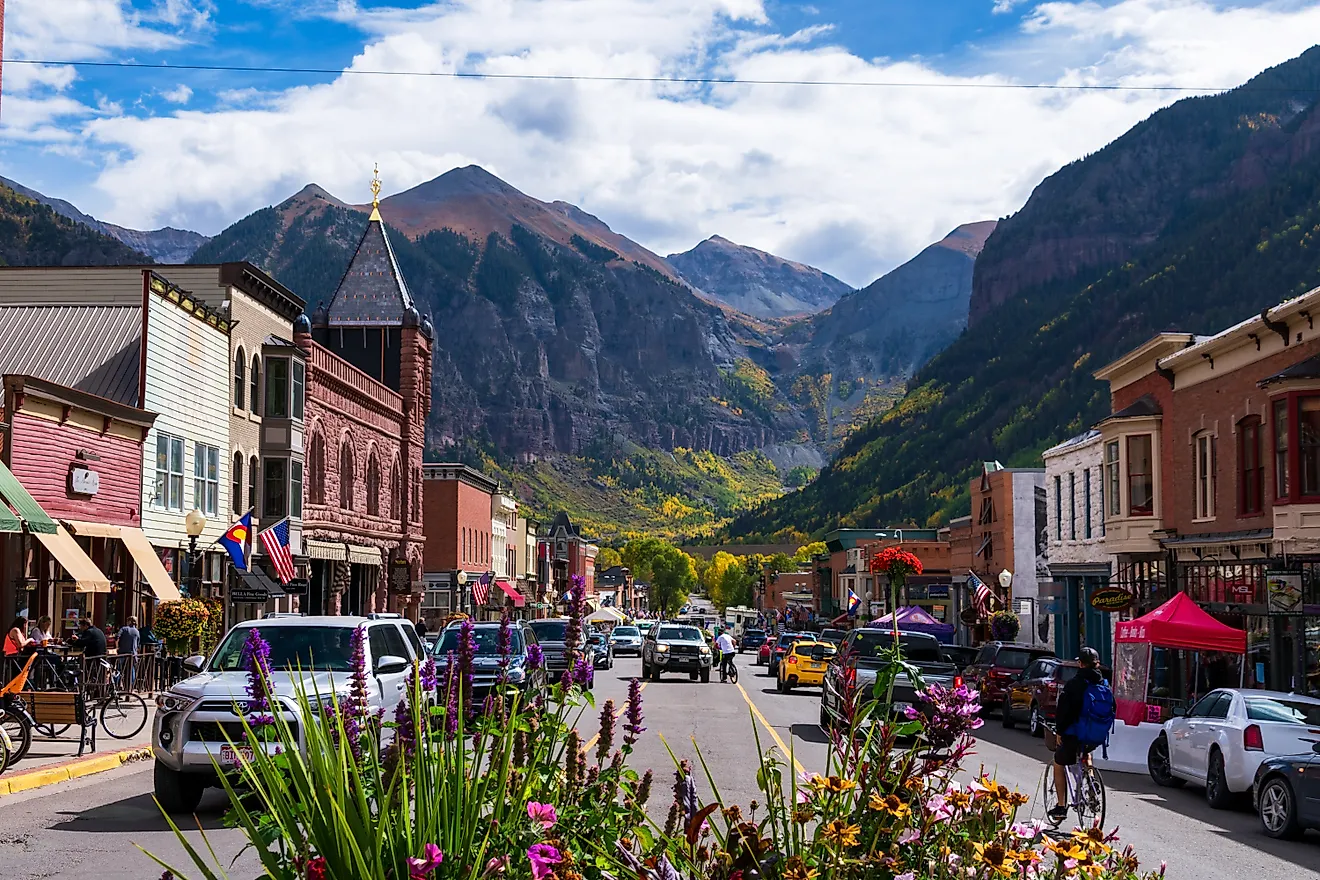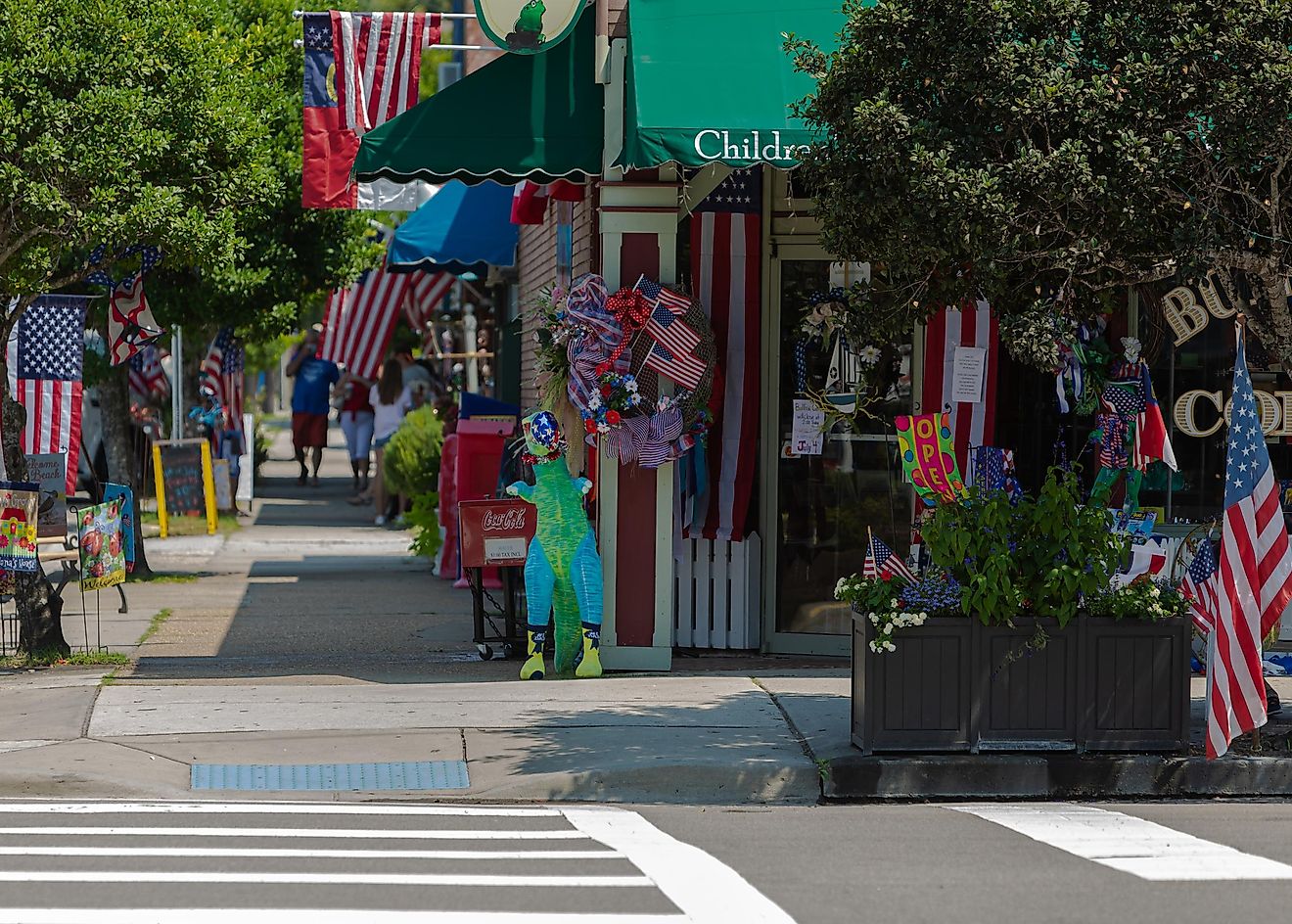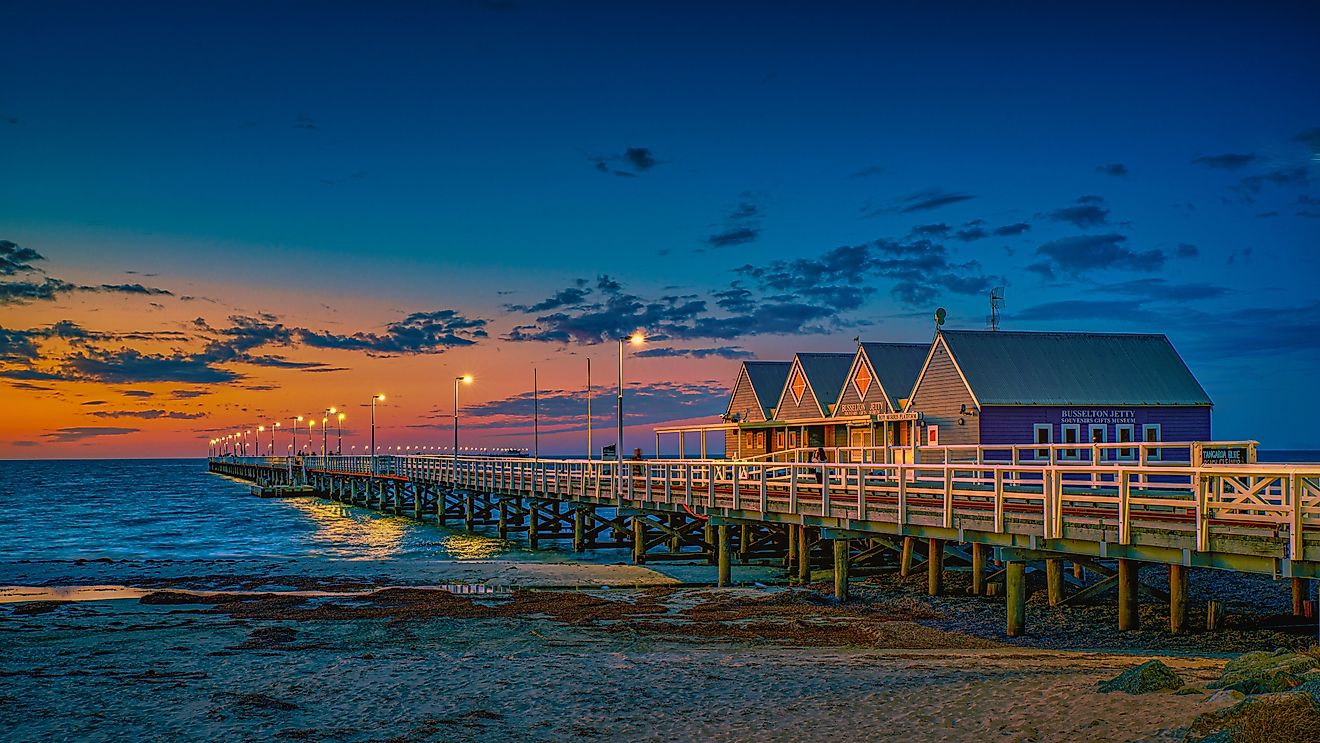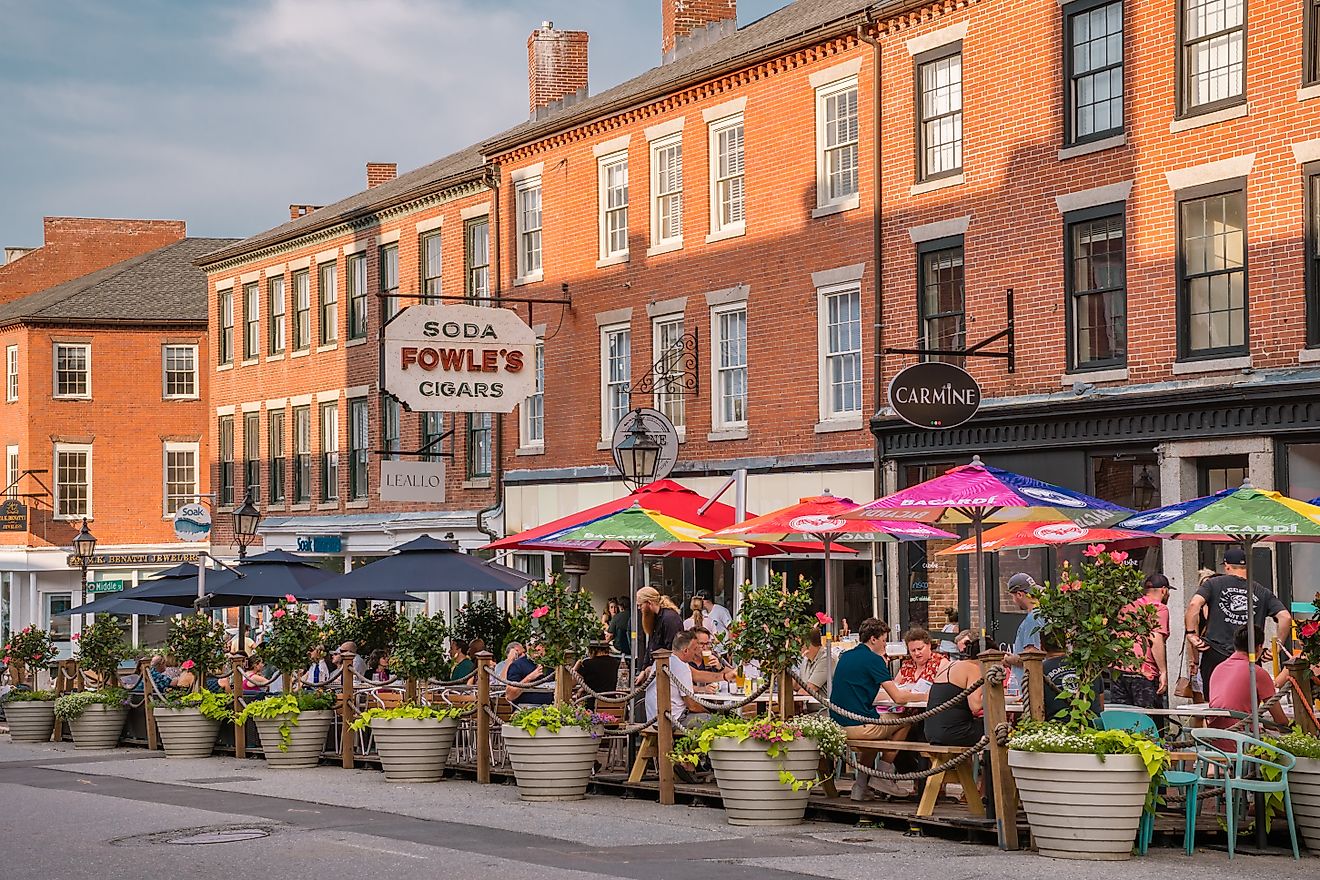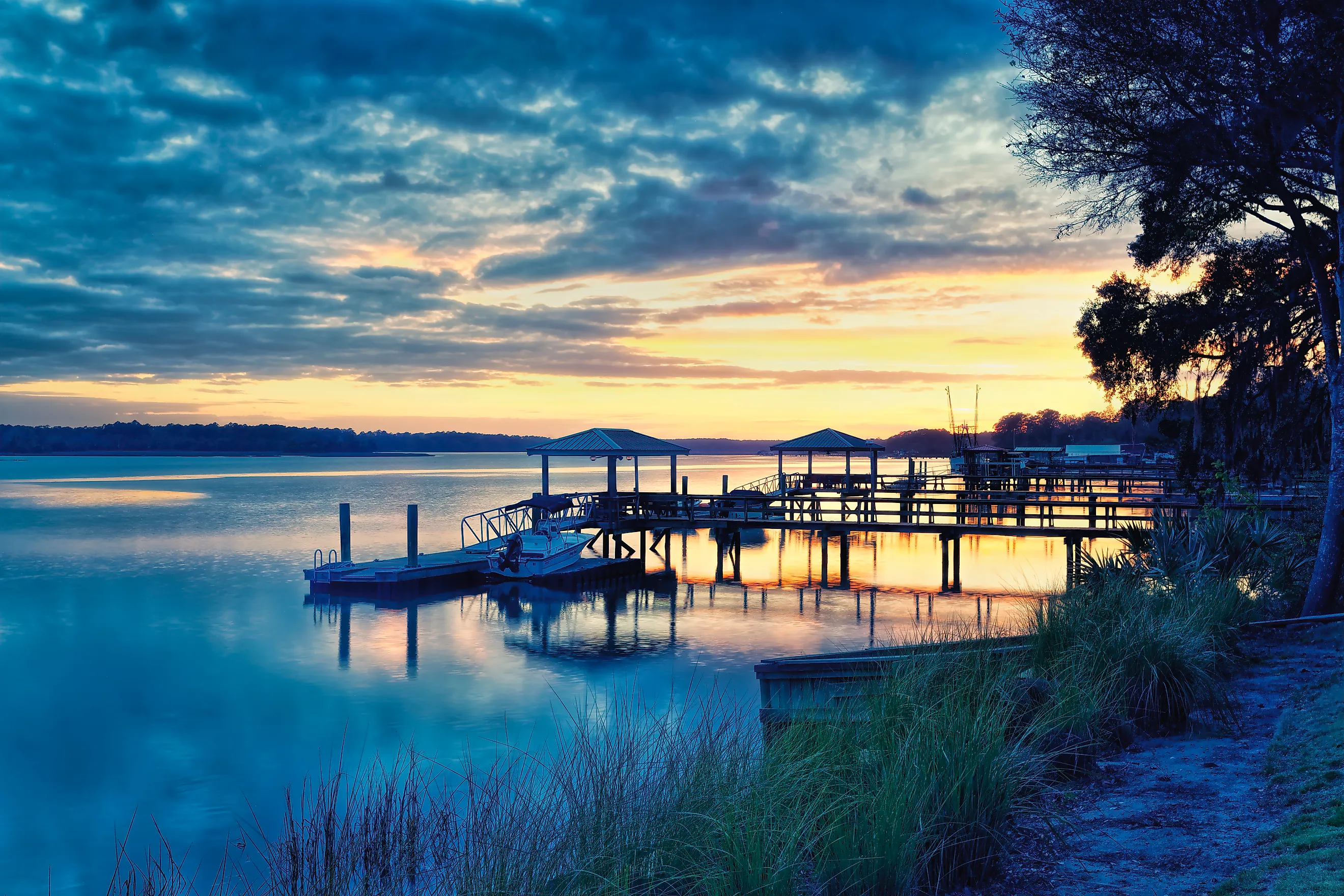
These 13 Towns In South Carolina Were Ranked Among US Favorites In 2025
South Carolina is as unique as its residents. From the inland foothills of the Blue Ridge Mountains to the laid-back Hammock Coast, the state offers something for everyone. Its deep roots in American history and its mild climate draw newcomers from across the country who come seeking sun, sea, and a slower pace of life.
The following 13 towns in South Carolina were ranked among U.S. favorites in 2025. Whether your visit includes riding horses in Camden, exploring historic streets in Beaufort or Georgetown, or simply relaxing on the sands of Edisto Beach, a trip to the Palmetto State promises magic, natural beauty, and unforgettable experiences.
Aiken

Aiken is a favorite town for its mild climate, affordable homes, and its equestrian culture. Love horses and horse racing? The Aiken Training Track has a legacy of training 40 champion Thoroughbreds, which led to the city becoming home to the Aiken Thoroughbred Racing Hall of Fame and Museum, which spotlights the winning horses. The town has several horse racetracks, as well as the Aiken Equine Rescue, the largest horse rescue center in the southeastern United States.
There’s more to the town than horses, too. Hitchcock Woods covers 2,100 acres of forest habitat, making it one of the most extensive urban forests in the nation. The 65 miles of sand trails are welcoming to hikers, runners, and, of course, equestrians. The 14-acre Hopelands Gardens features live oak-shaded paths, fountains, a reflection pool, a labyrinth, swings, and wetlands.
Edisto Beach
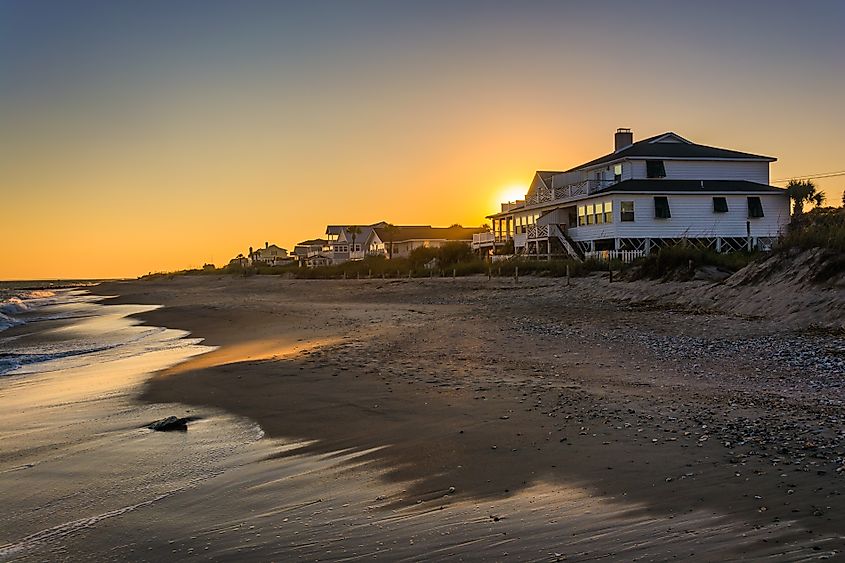
Two hours from Savannah is Edisto Beach, home to sea turtles and beachy vibes. It’s a sleepy beach town and home to the Edisto Beach State Park and its 1,255 acres of sandy shore, four miles of nature trails, and wildlife.
Speaking of wildlife, Botany Bay Plantation is a wildlife management area and heritage preserve set up to protect the beach’s natural habitats. Expect to find fallen trees bleached to white from the sun, loggerhead turtles, white-tailed deer, and even an alligator or two. If turtles and alligators are must-sees while near the beach, view them safely at the Serpentarium, a zoo and education center dedicated to recognizing, preserving, and studying them. In addition to the reptiles, as mentioned earlier, visitors will see snakes and lizards.
Georgetown

Georgetown is the third-oldest city in South Carolina and the second-oldest seaport in the state. The Georgetown Historic District is home to over 50 properties listed on the National Register of Historic Places. Located on Winyah Bay at the confluence of four rivers, Georgetown’s waterfront location makes it the ideal locale for the South Carolina Maritime Museum downtown. The museum features programs, exhibits, and replicas of lighthouses, boats, and other historical maritime components.
Since it’s located between Myrtle Beach and Charleston, the harborfront offers a wealth of amenities, including numerous independent clothing stores such as Wildflower and Whiskey Clothing. Restaurants, including the delightful Purr & Pour Cat Cafe, are also abundant. Several marinas, fishing charter companies, and even fishing competitions offer excellent opportunities to enjoy boating and sailing on the bay.
Beaufort

The historic streets of the waterfront town of Beaufort are flanked by Spanish moss from live oak trees. Much of the area predates the Civil War, when some prominent residents secretly met to plan secession from the Union, abandoning the city and their homes as Union forces sailed into Port Royal Sound, making Beaufort the Union soldiers’ headquarters. Docents tell the tale at the Beaufort History Museum and Arsenal.
A major attraction in Beaufort is the Hunting Island State Park, home to 5,000 acres of beach, marshes, a lagoon, and a maritime forest, as well as camping facilities and a fishing pier. The park is also home to the 130-foot-tall Hunting Island Lighthouse, originally built in 1859 and restored after the Civil War.
Seneca

Seneca is a four-season Southern city with plenty of water-based recreation. The city’s best feature is is its easy access to Lake Hartwell and its proximity to Lake Keowee. Both lakes are popular destinations for fishing and boating, with numerous marinas offering parking and boat rentals. Seneca is situated in the foothills of the Blue Ridge Mountains, offering nearby opportunities for mountain activities such as hiking and biking. Take a walk along the sidewalks in Ram Cat Alley, part of Seneca’s Main Street, for restaurants, boutique shops, and bars.
Oconee Country Club offers 18 holes of golf, while High Falls County Park on Lake Keowee is the place to go for camping, with 91 campsites, picnic shelters and tables, mini golf, boat ramps, a fishing pier, and a playground for the grandkids. After a day on Lake Hartwell, visit The Lunney Museum, a home built in 1909 that features classic Victorian touches like art glass windows, chandeliers, and most interestingly, a two-seater outhouse.
Newberry
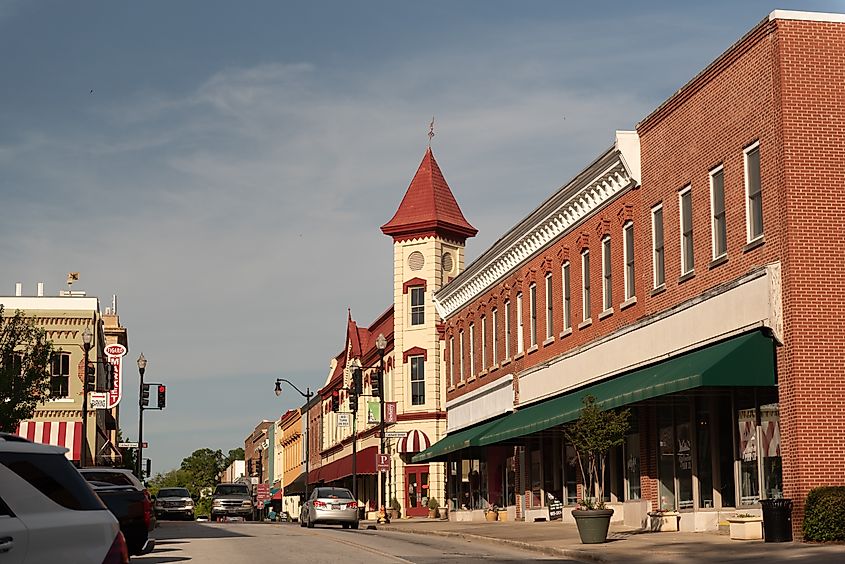
Newberry is a classic southern small town with a historic downtown. Main Street offers everything from antique shops to boutique clothing stores, many of which are listed on the National Register of Historic Places. One of the historic buildings is the Newberry Opera House, built in 1881 and still home to opera performances, concerts by touring musicians, and theatrical productions. The shaded green space of Memorial Park hosts festivals, concerts, and other family-friendly events throughout the year.
Lynch’s Woods Park boasts 276 acres of trees, trails, and creeks. It’s a popular destination for hikers and bikers, and is part of the Upstate’s link to the Palmetto Trail that runs through the state. The newly renovated Wells Japanese Garden is a relaxing park to visit and is also on the National Register of Historic Places. Some of the garden's offerings include a temple, a moon bridge, and a Tea House.
Sullivan’s Island
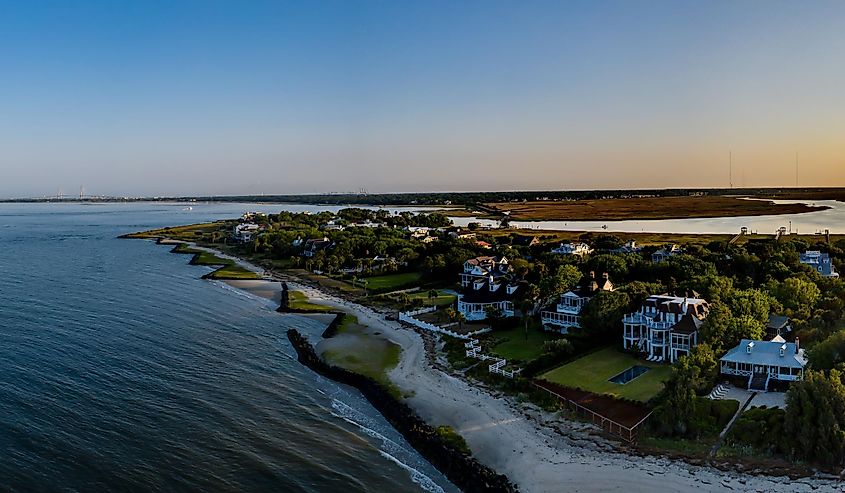
Often overlooked, Sullivan’s Island is a hidden hotspot off Charleston’s harbor. It’s best known to Edgar Allan Poe fans as the place where he wrote “The Gold Bug” while stationed at Fort Moultrie on the island. The fort itself stands as a testament to a legendary 9-hour battle that took place during the Revolutionary War in 1776. The island served as a quarantine station for slaves imported to the U.S. before the war, and a commemorative plaque at the fort marks it.
While visiting, save time to soak up some sun on the three miles of beach and pay a visit to the Charleston Light, a lighthouse built in 1962 and visible 27 miles offshore. True Poe fans should be sure to stop at Poe’s Tavern, one of the island’s many restaurants, so named for the author.
Travelers Rest
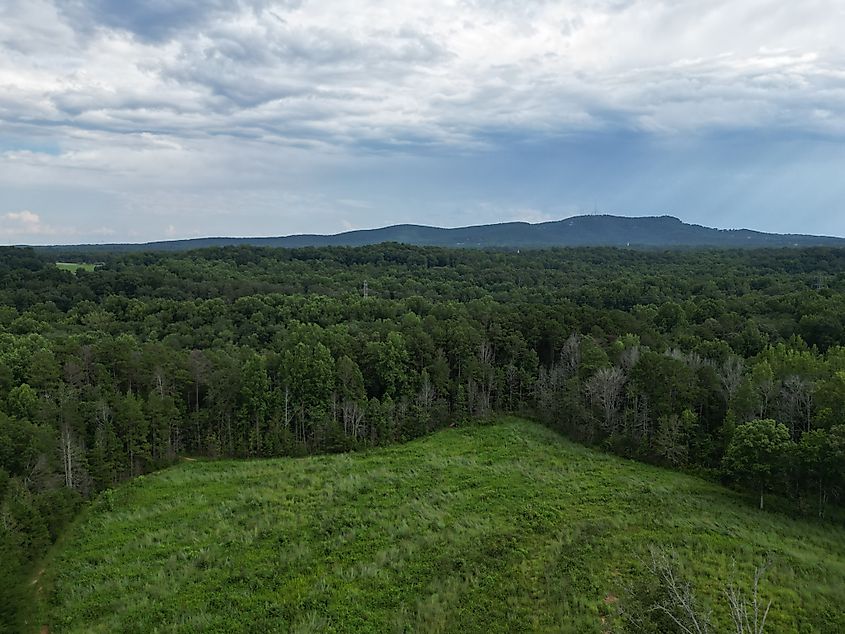
Travelers Rest, or “TR” as the locals call it, is in the Upstate of South Carolina and just down the mountain from the border of North Carolina. With that proximity, it’s just a short trip to hiking, biking, and exploring the Blue Ridge Mountains. In TR, the Prisma Health Swamp Rabbit Trail is a 28-mile greenway that connects to nearby Greenville. Along the way, there are places to stop and rest, as well as restaurants and outdoor outfitters. TR sits just north of Furman University, whose beautiful, rolling campus lies along the Swamp Rabbit Trail in Greenville.
Downtown TR features independent shops, such as Mamba Art and Games, restaurants, and public art murals on buildings created by local artists. Golf enthusiasts can golf right downtown at the Spring Park Driving Range.
Walhalla
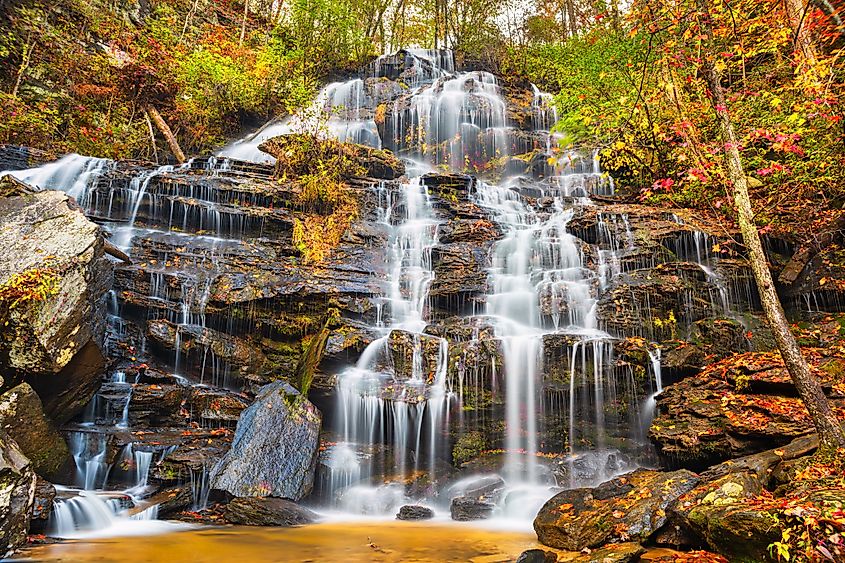
A Blue Ridge Mountains foothill town in the Upstate, Walhalla is home to numerous waterfalls, like Yellow Branch Falls and Issaqueena Falls, a 100-foot waterfall that is easily accessible. Take a trip downtown to Main Street, featuring boutique stores and coffee shops, like Alexander’s Work & Wander.
Stumphouse Mountain Tunnel Park features the Stumphouse Tunnel, dug by hand before the Civil War but never completed. Today, visitors can explore a quarter-mile of tunnels and the above-ground mountain bike park, which features a gazebo, a pond, and picnic pavilions. German settlers founded the town, so each fall it celebrates one of the best Oktoberfest celebrations in the state, with community events, walking tours, live music, Bavarian dancers, plenty of bratwurst, pastry, and, of course, beer.
Clemson
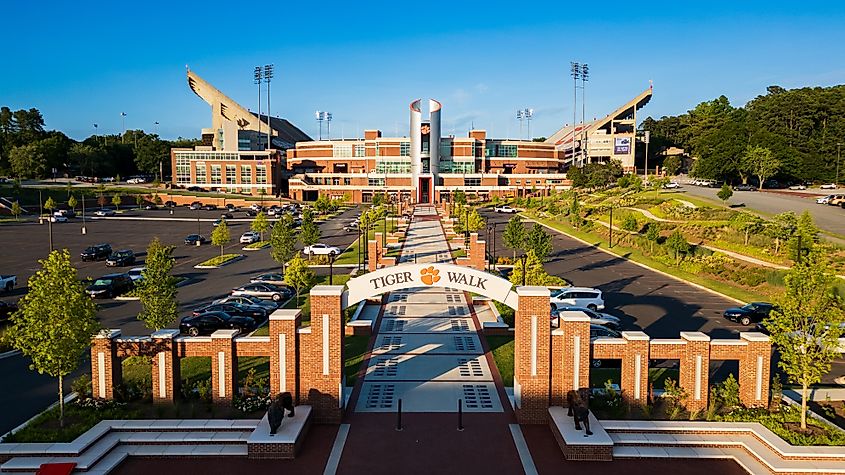
Home to Clemson University, the city is a southern town with views of the Blue Ridge Mountains and access to Lake Hartwell. Numerous activities surround the university, including the South Carolina Botanical Garden. The Garden covers 295 acres of the campus and features nature trails, streams, ponds, woodlands, and small gardens. The Bob Campbell Geology Museum, situated within the university's gardens, showcases over 10,000 rocks and fossils, along with exhibits on the region's geology.
For visitors whose tastes verge more on, well, taste, the ‘55 Exchange is the best place to find the legendary Clemson Blue Cheese. The cheese is produced in batches in 288-gallon vats and aged for six months.
Camden

Horse-lovers gallop to Camden, the “Steeplechase Capital of the World.” Camden hosts the Carolina Cup and the Colonial Cup at the Springdale Race Course each year, marking the beginning and the end of the annual National Steeplechase Association Season. Camden is also home to the National Steeplechase Museum, where visitors learn about the breeders, horses, and jockeys who have contributed to the sport of horse racing. For relaxation, Riverfront Environmental Park is a 26-acre park featuring a half-mile waterway, hiking and walking trails, observation areas, wildlife demonstration areas, and a riverfront canoe & kayak launch. It’s an ideal spot to bring your binoculars for bird and animal watching, walking shoes for hiking, or your favorite canoe or kayak.
South Carolina’s oldest inland city was the center of the Battle of Camden during the Revolutionary War in 1780. The 476-acre battleground now offers interpretive signage along three miles of walking trails and is known as the Camden Battlefield and Longleaf Pine Preserve. Every November, battle reenactments take place just outside the city, paired with a more modern Barbecue Festival. For a full history of Camden’s place in the war, stop at the Revolutionary War Visitor Center.
Bluffton

This town on the May River offers historical sights, outdoor activities, and local art. Almost entirely destroyed in the Bluffton Expedition, aka the Burning of Bluffton, in 1863 by Union soldiers, few buildings still remain from the town’s founding. One notable feature that still stands is the Church of the Cross, a wooden church with views of the river.
For the art enthusiast, the Palmetto Oaks Sculpture Garden features a garden filled with whimsical sculptures crafted from various media by local artists. Golfers will find the century-old live oaks of the May River Golf Course delightful to see while they play on the 18-hole course. Pinckney Island National Wildlife Refuge is an excellent spot for birdwatching, biking, hiking, and saltwater fishing.
Walterboro

Walterboro, known as “The Front Porch of the Lowcountry,” became a refuge for Lowcountry farmers in the 18th century because of its elevated land away from malaria-causing mosquitoes. These days, Walterboro is an escape from the bustling city of Charleston. Walterboro serves as a gateway to the Ernest F. Hollings ACE Basin National Wildlife Refuge and the larger ACE Basin, an estuarine region that encompasses more than 350,000 acres of protected wetlands and other habitats, supporting a diverse array of wildlife, including sea turtles. Located in the ACE Basin is the Walterboro Wildlife Sanctuary, a 600-acre wildlife sanctuary that features historic nature trails and wetlands.
To see locally made art, visit the South Carolina Artisan Center. The Center features artwork by more than 300 state artists, who work in a variety of media to produce traditional and indigenous-inspired folk art for sale. A former POW camp and base hospital is now the site of the Tuskegee Airmen Monument. Walterboro Army Airfield served as a training ground for Army airmen during World War II, including the Tuskegee Airmen.
South Carolina’s most beloved small towns each offer their own piece of the state’s identity, whether through historical importance for the country, coastal beauty, mountain landscapes, or local traditions. From quiet beachside communities and artsy downtowns to waterfall trails and equestrian legacies, these destinations reflect the Palmetto State's diversity. Together, they showcase a South Carolina that welcomes visitors with warm hospitality and a sense of place shaped by centuries of culture and community.
